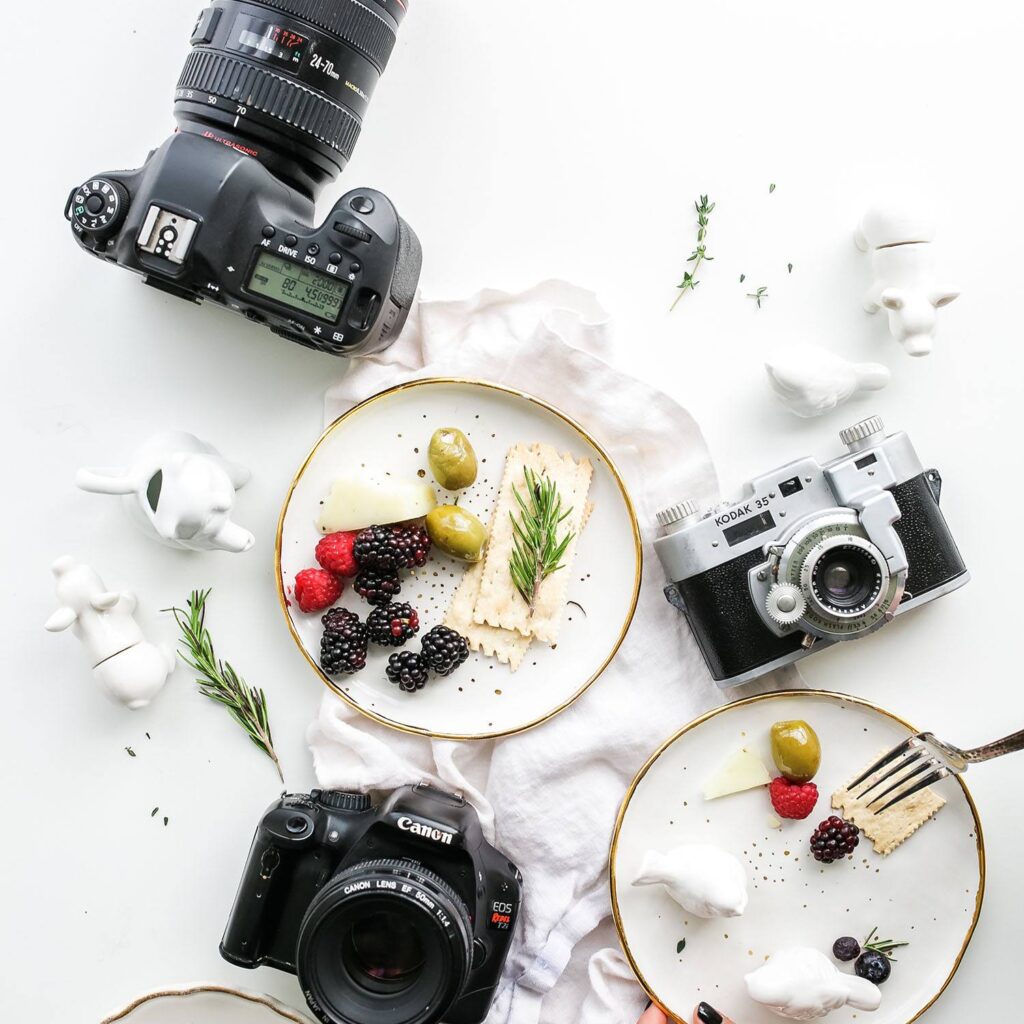Before I continue, let’s briefly dive into the world of food – do you know what facial moisturizer and mayonnaise have in common? Both are emulsions, and even though the idea of applying mayonnaise to the skin might be off-putting, they are fundamentally the same kind of mixture. So good news is, if you have ever made mayonnaise, you already know how to make an emulsion.
An emulsion is a blend consisting of two substances that reject each other: oil and water. Try shaking oil and water with force, for example with an electric mixer, they might seem to blend for a moment, but soon the water and oil starts to separate into two layers.
To make water and oil to mix, an emulsifier is needed, serving as the agent that helps keep these two immiscible ingredients together as an emulsion. This is crucial because it allows for uniform blending and stability of the product, ensuring that the oil and water phases do not separate over time.
Back to the culinary world for a moment. In traditional mayonnaise, lecithin from the egg yolk acts as an emulsifier. Lecithin is also used as an emulsifier in cosmetics and can be derived from soy or sunflower. Lecithin is best when extracted from sunflowers, but soy is the most common source. However, soy is often genetically modified, so I would opt to use organic if possible.
I haven’t yet tried emulsifying with lecithin as it’s not the easiest ingredient to work with and requires a fair amount of expertise to succeed. So, for now, I’m happy with Olivem-1000, a tried-and-true emulsifier that I find reliable and super easy to work with.
Creating emulsions with an emulsifier requires precision in proportions and mixing. The emulsifier is added to the oil phase, and these ingredients are vigorously mixed to break them into tiny droplets that blend with each other.
As mentioned, my experience so far has been with Olivem1000, which is almost foolproof as an emulsifier. Olivem1000 is a naturally derived emulsifier from olives, non-greasy, and aids in the absorption of active ingredients into the skin. It is suitable only for O/W emulsions and requires heating. Olivem1000 is added to the oil phase and heated with plant-based waxes and oils. The recommended amount in a formula is about 3-5%.
There are, of course, many other naturally derived emulsifying agents to try out.
Two types of emulsions
An emulsion can be either oil-in-water (O/W) or water-in-oil (W/O).
In O/W emulsions, oil droplets disperse in the water phase, resulting in a light and thin cream.
It’s easy to mix since the water content is higher, but it’s more prone to spoilage. The product applies and absorbs well into the skin, providing a light feel. It’s suitable for water-based serums, light creams, and eye creams.
In W/O emulsions, water droplets disperse in the oil phase, resulting thick and greasy cream.
These type of emulsions haveare great for occlusive properties, meaning they help lock moisture into the skin. W/O emulsions have less water, so they are less susceptible to microbial contamination. Applications could be for example rich foot creams or winter care.
The three phases of an emulsion:
Oil phase (A)
Oil phase, as the name implies, consists of oils, fats and butters and other fat-soluble ingredients.
Water phase (B)
Water phase consists of (distilled) water, hydrosols, glycerine and other water-soluble ingredients.
Cool down phase (C)
Phase C includes all the heat sensitive ingredients that are added to the emulsion after it has cooled down to below 40°C. It consists of preservatives, essential oils, heat sensitive oils as well as active botanicals, vitamins etc.
Warm blend emulsion (O/W)
Step by step guide
This method is used in many of my recipes. I recommend using a precision scale to weigh all ingredients.
Prepare the oil phase (A)
Measure all the oils, fats, butters and the emulsifier in a glass beaker. Place it in a bain-marie (water bath) to melt and heat it to 70°C.
Prepare the water phase (B)
In a separate glass beaker measure all (distilled) waters, hydrosols, glycerine. Heat the water phase in a bain-marie to 70°C.
Mixing the two phases
Take both beakers out from the water bath for the next step, which is to mix the oil into the water phase. Slowly start pouring oil in the water phase while continuously whisking it (small hand whisk or a milk frother works best with small batches). Continue whisking the emulsion for about 5-10 minutes and then set aside to cool down below 40°C. Note, that the emulsion continues to thicken even after this and takes quite some time to completely settle.



Prepare the phase (C)
Measure all phase C ingredients in a separate beaker and mix them with the cooled emulsion. Pour the emulsion in a clean jar. To avoid any formation of excess humidity that could cause bacteria growth, let the emulsion cool properly before putting the lid on.
Store it in a cool and dry place. Ready product will last about 6 months

Use simpler (and cheaper!) ingredients in the beginning to learn the basic forlmulation. After that, only the imagination is the limit to what you can create.






